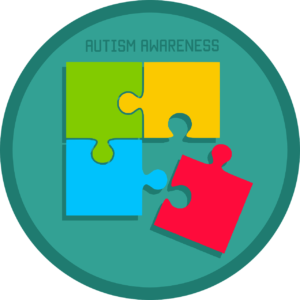It is indeed difficult to manage a kid throwing tantrums every now and then. Not only food, some kids do not seem to like the cars going past their house – something which you can stop if it is public thoroughfare. Every evening, giving them a bath becomes a problematic task.
At times, even the near and dear ones in the family find themselves at a loss when interacting with an Aspie kid. It is not only challenging but also exhaustive and at times, depressing.
Yet, carefully monitored Aspie kid can be specialists, high earning individuals, and a lovable being. You just need to address the issues concerning his outbursts in a more congenial way. You need to understand the hidden stress and sensitivity of the child, reduce the stimuli troubling him, and promote the ones he would love to know. It would reduce his worry and “acting out” sessions.
Cut Verbal Communication
Stop being verbose. Say very little or nothing at all as it would help the kid reduce frustrations, misinterpretation, anger, and confusion. Here is the number of reasons why?
- Concentrating on conversation is tough especially in a noisy environment. The Aspie would not differentiate background noise with the dialog of the person talking to him.
- Identifying the importance of the conversation can be difficult. Additionally, the Aspies cannot understand puns or phrases.
- Placing points or ideas in a conversation can be difficult as the Aspies cannot place the ideas in order properly.
- Aspies learn how to speak when no external auditory stimuli is available. As stress level is less – with no language — they learn better and faster.
- Aspies get confused if you were to repeat a particular task again for him to decipher.
….And, the ideal way to motivate them to hear you is to call their names first.
Use Visual Cues, Flash Cards, Charts
Visual stimuli are far more appealing to an Aspie rather than audible or tactile stimuli. As a result, people with Aspergers learn better, respond quickly and accurately when visual cues are provided through flash cards, charts, diagrams, and routines.
Some useful visual cues would be:
- Illustrated timetable to show what Aspie can expect during an interval.
- Charts to show how long an activity would last.
- Diagrams or icons give them easy-to-understand instructions.
- Well-delineated routines help to reduce anxiety and stress that may crop up because of not knowing a particular activity.



